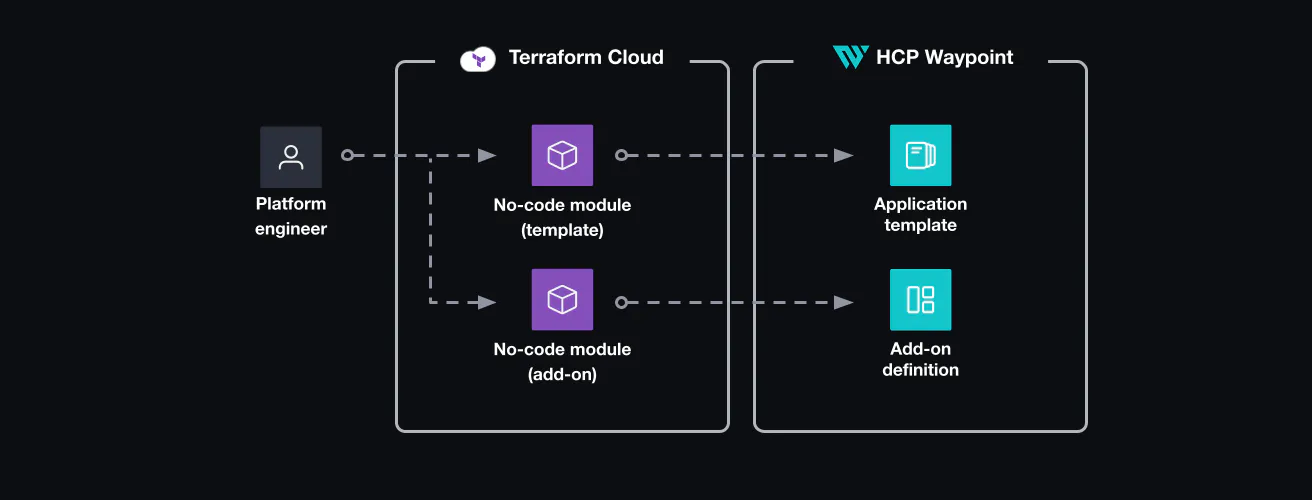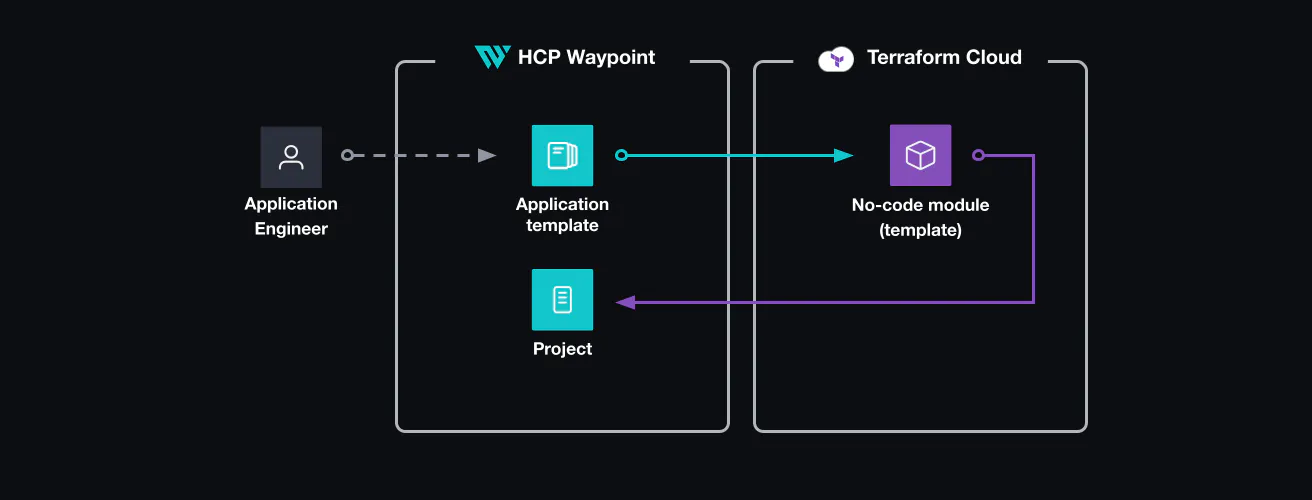Kubernetes Security Posture Management: Safeguarding Clusters and Workloads
Kubernetes Security Posture Management: Safeguarding Clusters and Workloads Ensuring the security of your Kubernetes clusters and workloads is important in

In today's rapidly evolving technological landscape, organizations face the challenge of delivering applications consistently across various platforms and environments. To address this, HashiCorp has developed HCP Waypoint, a powerful tool that empowers platform teams to define golden patterns and workflows for developers. By standardizing application patterns and enabling streamlined application management at scale, HCP Waypoint simplifies the development process and improves efficiency. This article explores the key features and benefits of HCP Waypoint, highlighting its role in enabling platform teams to deliver applications seamlessly.
One of the core functionalities of HCP Waypoint is its ability to standardize application patterns. This feature allows platform operators to define templates using HashiCorp Terraform, ensuring that application developers can quickly initialize new applications. These templates cover a wide range of cloud providers, environments, and application stacks, providing developers with a consistent starting point for their projects. By standardizing application patterns, HCP Waypoint accelerates the development process and promotes consistency across the organization.
Another essential aspect of application management is handling dependencies effectively. With HCP Waypoint, developers can easily specify their application dependencies, such as MySQL and Redis. Platform operators, on the other hand, define how these dependencies are provisioned using standardized templates with HashiCorp Terraform modules. This streamlined approach simplifies the provisioning process, allowing developers to focus on building applications without worrying about the underlying infrastructure.
To ensure a smooth application delivery process, platform teams can define golden workflows using HCP Waypoint. These workflows encompass critical actions such as building an application, deploying to production, performing rollbacks, and more. Developers can execute these workflows effortlessly through a user-friendly interface. HCP Waypoint seamlessly integrates with existing CI/CD systems, providing a consistent interface for executing essential application workflows. By leveraging golden workflows, organizations can ensure a standardized and efficient application delivery process.
Platform and operations teams can benefit from HCP Waypoint's central catalog of applications and their metadata. This catalog serves as a valuable resource for quickly answering operational questions and gaining insights into application performance. With HCP Waypoint, platform teams can maintain an up-to-date system of record that captures essential information about applications, making it easier to track and manage them effectively.
At HashiConf Global in October 2022, HashiCorp announced the public beta of HCP Waypoint on the HashiCorp Cloud Platform (HCP). The goal was to standardize application delivery across platforms and enable platform teams to define golden patterns and workflows for managing applications at scale. The vision for HCP Waypoint has evolved to address the challenges faced by platform teams in the application management lifecycle.
As organizations transition to the cloud, platform teams encounter various challenges in delivering applications efficiently. These challenges include:
To address these challenges, HashiCorp introduces two new features for HCP Waypoint: templates and add-ons.

Templates in HCP Waypoint allow platform teams to abstract and standardize application scaffolding. Using HashiCorp Terraform, platform teams can define infrastructure, dependencies, application workflows, and access control in one place. These templates serve as modular blueprints that can be shared and consumed across the organization. Developers can leverage these predefined templates to create applications without worrying about the underlying infrastructure details. This approach ensures a consistent and efficient application development process.

HCP Waypoint also introduces add-ons, which help manage application dependencies. With add-ons, platform teams can define infrastructure resources using HashiCorp Terraform and make them available as dependencies for application developers. Throughout an application's lifecycle, various stages may require dependencies like databases, caches, and queues. Application developers can seamlessly integrate these add-ons into their Waypoint-defined applications, simplifying the process of managing dependencies.

In pursuit of the updated vision for HCP Waypoint, HashiCorp is re-architecting the tool to improve its development, deployment, and end-user experience. The new architecture will focus entirely on delivering HCP Waypoint as a software-as-a-service (SaaS) offering. As a result, the active development of the legacy version of Waypoint will come to an end. However, the archived version of the source code and repository will remain available on GitHub.
HCP Waypoint represents a significant advancement in application management, empowering platform teams to define golden patterns and workflows for developers. By standardizing application patterns, managing dependencies, executing golden workflows, and maintaining a consistent application catalog, organizations can streamline the application delivery process and achieve greater efficiency. With the introduction of templates and add-ons, HCP Waypoint provides platform teams with the tools they need to standardize application development and enable seamless scalability. Embracing HCP Waypoint allows organizations to unlock the full potential of their application management processes and deliver high-quality applications at scale.
You are interested in our courses or you simply have a question that needs answering? You can contact us at anytime! We will do our best to answer all your questions.
Contact us